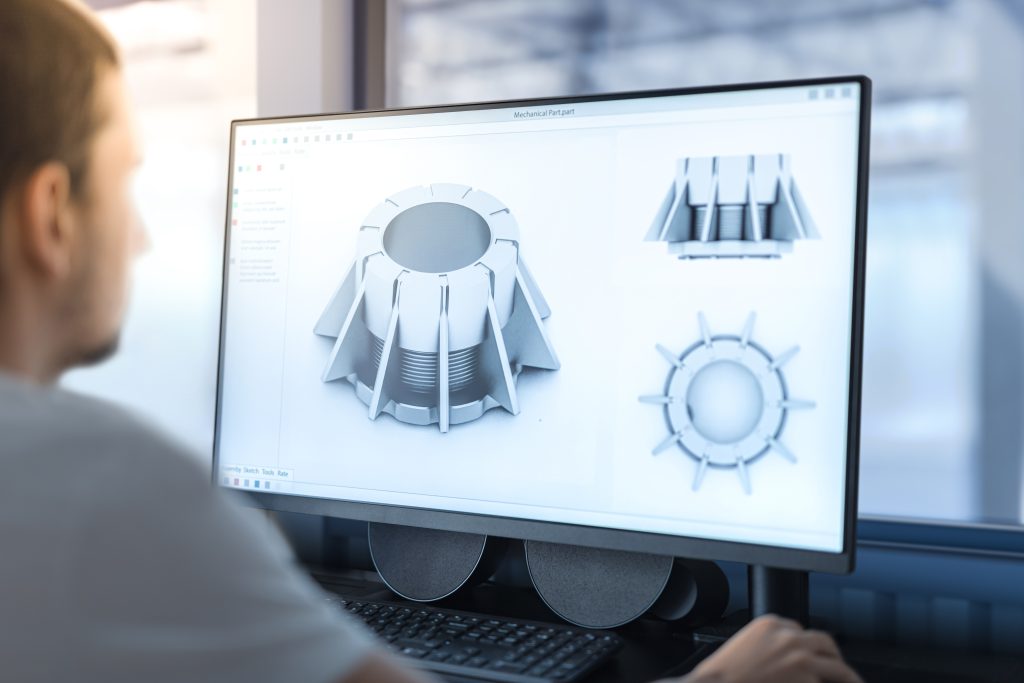
From 1 May 2025, the European Union Intellectual Property Office (EUIPO) is implementing the first phase of its package of legislative changes aimed at modernising the protection of designs in the EU market. This article sets out the 10 most important changes that applicants should be aware of.
- New name: Designs in the EU had previously been protected under the name “European Community design”, but from 1 May 2025, this becomes European Union design or EU design for both new and existing designs. Designs will still come in registered and unregistered forms, which will now become the Registered EU Design (REUD) and the Unregistered EU Design (UEUD).
- New definitions: The legal definition of “design” has been broadened to explicitly encompass animations. The legal definition of “product”, which may incorporate a design, has been revised to include non-physical items explicitly, such as logos and graphical user interfaces (GUIs). It was already common to protect non-physical items and animations under the previous law, and this merely reflects these common practices explicitly in the legal text.
- New symbol: To raise awareness about the design registration regime, registered design holders will be able to mark their products with a new symbol Ⓓ to indicate that the product is protected by a design registration.
- New infringing acts: To combat the rise of 3D printing, the exclusive rights conferred by a design have been expanded to include creating, downloading, copying and sharing or distributing to others any medium or software which records the design.
- Repair clause: A repair cause is now a permanent provision of the EU Designs Regulation and prevents protection for certain types of components of complex products for the sole purpose of repair to restore original appearance. To prevent competing repair products being passed off as originals, the repair clause cannot be invoked by a manufacturer or seller who fails to duly inform consumers of the commercial origin of the component part. While the manufacturer or seller must use the design for the sole purpose of repair, they are not required to guarantee that the component will only be used for repair by the end user.
- Easier to file multiple applications: The “unity of class” requirement, which required registered designs filed in the same multiple application to belong to the same Locarno Classification has been removed. From 1 May 2025, any designs by the same applicant can be filed in the same multiple application, offering more opportunity for the cost saving that comes from filing multiple designs together in the same application.
- A limit of 50 designs per application: While it is now easier to file multiple designs together in the same application, a limit of 50 designs per multiple application has been introduced.
- Changes to deferred publication: Designs from 1 May 2025 that have their publication deferred will now automatically be published at the end of the 30-month deferment period. To prevent a design from being published applicants must now surrender their design at least three months before the end of the deferment period.
- Changes to renewals: Renewal fees must now be paid within the six-month period ending on the date of expiry of the registration (and not on the last day of the month in which protection ends). The costs of renewal fees are also increasing, with more significant increases for later renewal periods.
- More changes to come: Secondary legislation, which will apply from 1 July 2026, will introduce other changes, such as abolishing the seven-view limit on design representations and possibly allowing the filing of other types of representations, such as videos. We will keep you informed of the further changes as these become clearer.
If you have any questions about these changes to the European design system, please speak to your existing GJE contact, or contact our designs team at gje@gje.com.


